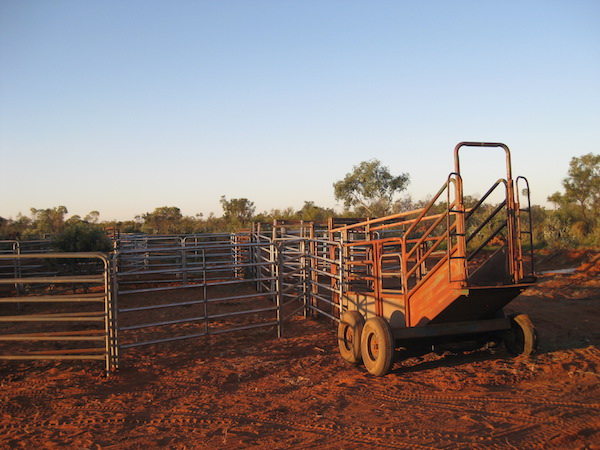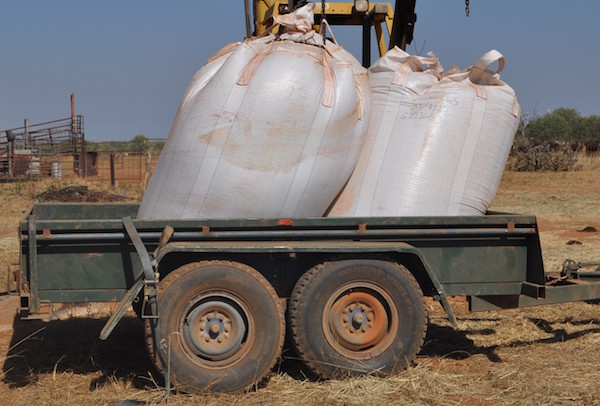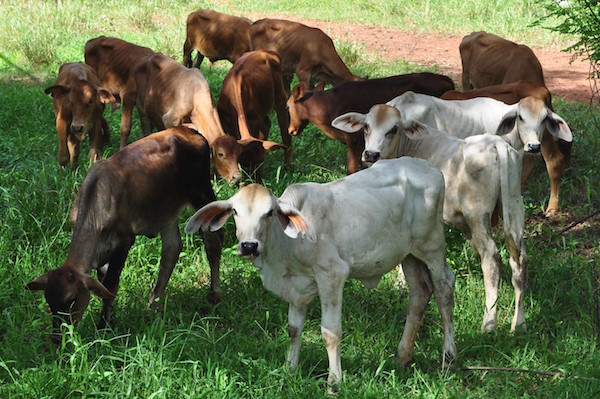Standing up for animal welfare
Host: Dampier Downs Station
Written by Anne Marie Huey – Owner, Dampier Downs Station.
Cattle producers in northern Australia have had a tough few years. Fortunately, this year is shaping up to be one of the most promising in recent times. Prices are up, large parts of the north have received life-giving rain, and our markets are expanding. All this points toward a highly productive live export season.
This is in stark contrast to 2011 when the world pretty much stopped. Shocking footage of the most abhorrent animal abuse was released to the media just in time to coincide with the seasonal resumption of live export. The animal rights’ lobby mounted a social media firestorm against the northern beef industry, the likes of which we had never seen before. The propaganda came thick and fast. A deluge of ‘click and flick’ petitions bombarded politicians, all calling for a permanent end to the live export trade. Hard working families were labelled as cruel, evil, vindictive murderers (and worse). Beef producers were crucified in the court of social and popular media and the Australian government made the overnight decision to suspend all live export to Indonesia. The northern cattle industry was brought to its knees.
 Investing in infrastructure is an investment in our future – and animal welfare.
Investing in infrastructure is an investment in our future – and animal welfare.
What made that campaign so callous was that Animals Australia sat on that footage for months. As a producer I was aware the video was coming, but like every other producer I know I had no idea it would be so damning. Like many people I watched 4 Corners that night and was left in tears. How could anyone – anywhere – think this was an acceptable way to treat any animal?
I had to ask myself was live export really a trade I, as a cattle producer, should continue in which to engage? After the initial rollercoaster of emotions wore off (shock, despair, disgust, fury to name a few), I came to the conclusion that the answer was – and still is – an unequivocal yes.
But then I had some questions. Why did it take so long to release the footage? If the aim was really to improve animal welfare why didn’t Animals Australia, the group who commissioned the British-based production company Tracks Investigations to make the film, hand it over to the authorities or – at the very least – release it immediately? If that kind of treatment of cattle was as wide-spread as they portrayed, why wait months and why expose more cattle to this kind of abuse?
In my opinion, this footage was part of a well-orchestrated campaign designed to the cripple the northern cattle industry. By delaying the release to suit themselves they could ensure maximum media coverage and gain the greatest traction for the ensuing social media onslaught. Tactically, this was hard to fault – except for one thing. As long as they sat on the footage, nothing would change on the ground. Where abuse was occurring, it would continue to occur. No animals benefited from this decision, but when the footage finally saw the light of day the donations flooded in. The fact that all the legitimate businesses doing the right thing by animal welfare and millions of people across two continents suffered in the fall-out was just so much collateral damage in the war against live export. It was ruthless.
Unfortunately, live export is just one industry that has been targeted by animal rights’ activists. The sheep meat, wool, pork, and poultry industries are all regular targets. In fact, pretty much any industry that works hard to put meat on your dinner table has come under attack at some point.

Of course, much of the time the footage taken has been obtained by illegal means. Laws against trespass, break and enter, and invasion of privacy mean nothing to these people. In their view, the ends justifies the means and they will go to extreme lengths to capture what they perceive to be cruel and inhumane practices. Once footage is obtained it is edited to suit the narrative the particular group is trying to tell.
Unfortunately, however, very little (if any) regard is given to the damage these illegal campaigns can cause. Many farms have strict biosecurity protocols designed to protect livestock from disease and handling procedures aimed to minimise stress and discomfort.
Imagine if you were woken in the middle of night to find a group of strangers with cameras in your house. I doubt any subsequent footage would show a calm, relaxed reaction and animals are really no different.
Fortunately, there is now a Bill before Parliament to amend the Criminal Code Act that aims to curtail these illegal activities and ensure footage of animal cruelty is handed over to relevant authorities who can then determine whether or not a full investigation is warranted. Where animal cruelty is proven to have occurred, perpetrators deserve to be punished to the full extent of the law. The benefit of this amendment is that legitimate cases of cruelty will be thoroughly investigated and any subsequent evidence can be submitted in a court of law and used to obtain a conviction. This is an obvious win for animal welfare.
Of course, there is a lot if misinformation and blatant mistruths circulating about the nature of this amendment. One popular claim is that that it is designed to punish whistle blowers. This is not true. While the amendment does make it an offence not to hand over a “visual record to an authority responsible for enforcing animal welfare laws”, it is not in itself an offence to shoot such footage, unless the person doing so “destroys or damages property”, or causes “fear of death or serious bodily injury” in the process. Hardly unreasonable.
Another popular myth is that the media would not be able to report cases of animal cruelty. Again, simply not true. The Bill amendment specifically allows for “publishing in good faith a report or commentary about a matter of public interest”. Clearly not the ag-gag laws some would have us believe.
Cruelty is never acceptable, whether it be in an animal production system or a suburban back yard. As someone who relies on the health and well-being of our animals to make a living, it is not just a moral imperative to ensure animals are well treated, but an economic imperative as well.
Let’s be very clear, it is not the producers who profit from instances of cruelty, but the animal rights’ brigade themselves. Every time a new video is released – verified or not – there is a handy button to click that will automatically make a donation to the cause. Not the cause to actually do anything to improve animal welfare anywhere, but the cause to maintain the rage and generate yet more donations.
Good animal welfare is an integral part of how we do business. You won’t see pictures of our hand-raised poddies, well-fed and cared for horses, or free range cows plastered across the backs of buses and taxis in the city. It is just what we do – all day, every day – and I’m proud to be part of it.

Anyone seeking more information on the Criminal Code Amendment (Animal Protection) Bill should click on the following link:
